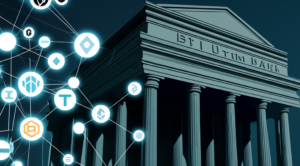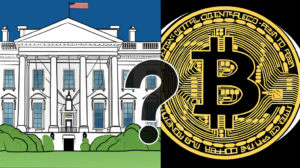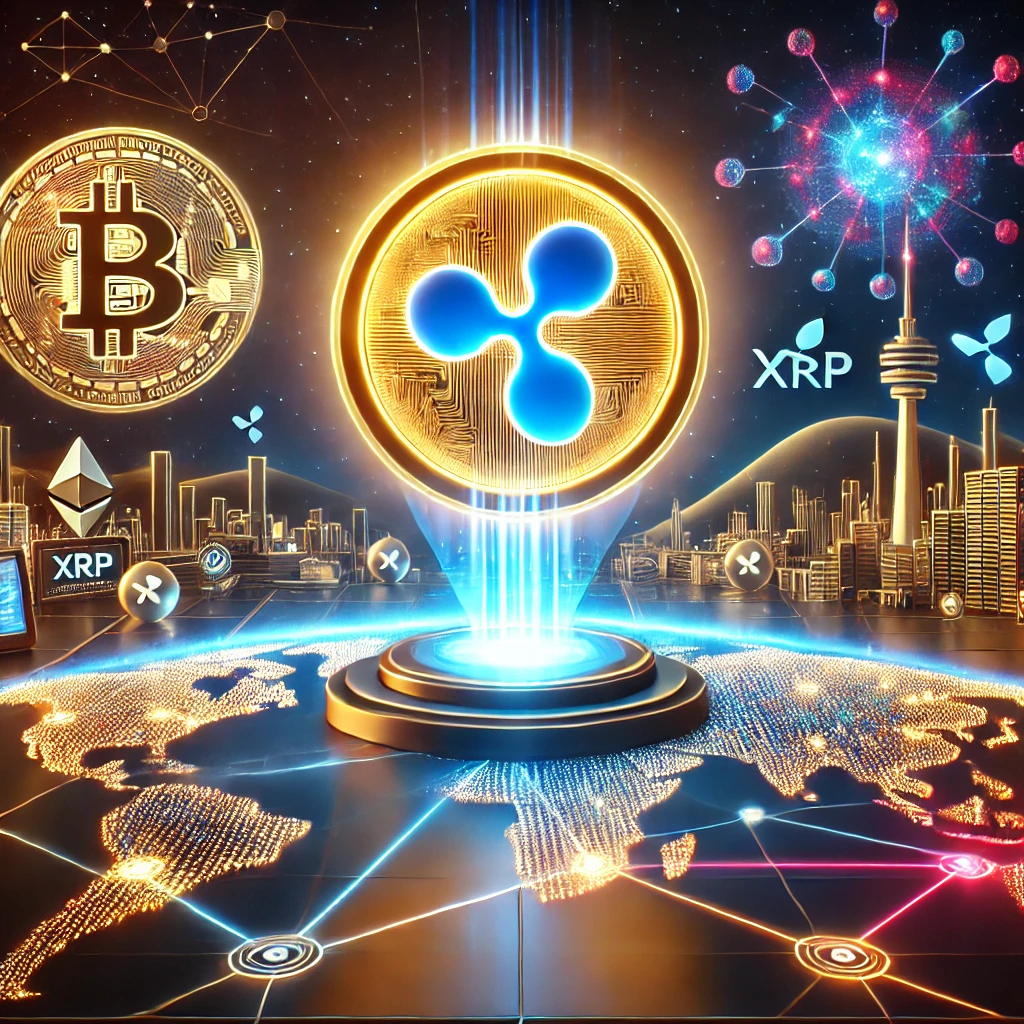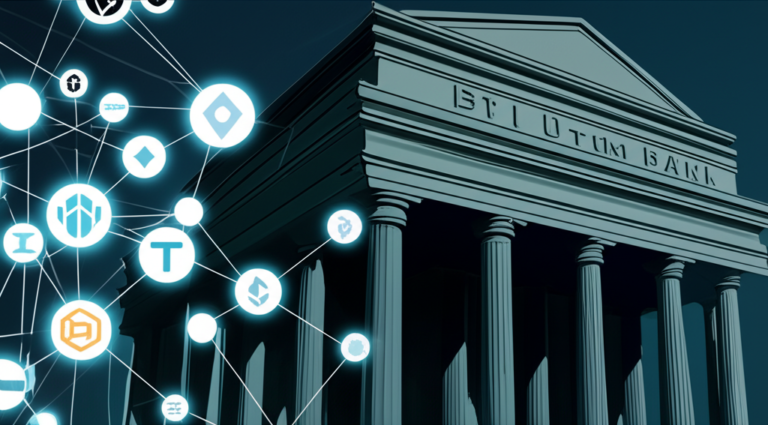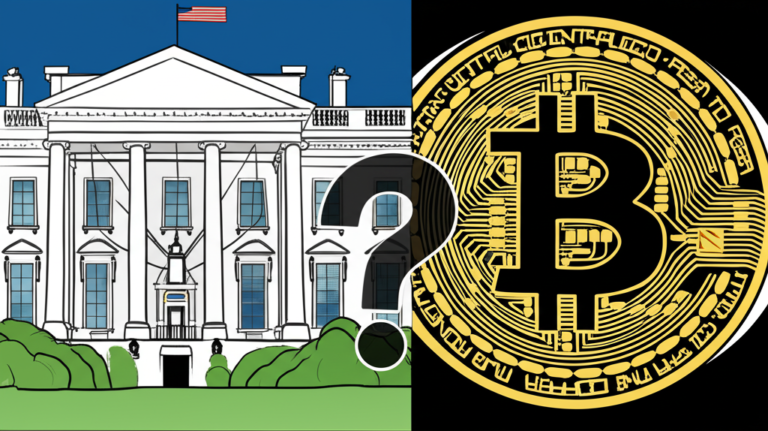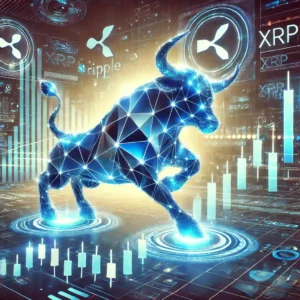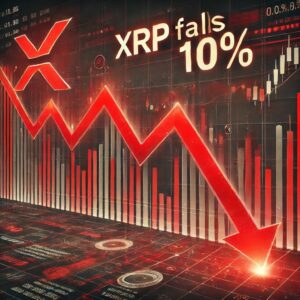Ripple’s XRP has captured significant attention recently, with its value skyrocketing and positioning it as a formidable competitor in the cryptocurrency market. Could XRP be the next Bitcoin? Let’s explore its meteoric rise, unique features, and potential to reshape global financial systems.
What is XRP?
XRP is the native cryptocurrency of Ripple Labs, designed to facilitate seamless cross-border payments. Unlike Bitcoin, which operates as a store of value, XRP is a utility token aimed at improving the speed and cost-efficiency of international money transfers.
XRP’s Meteoric Rise in 2024
Over the past months, XRP’s value has surged by over 350%, cementing its position as the third-largest cryptocurrency by market capitalization, surpassing even Mastercard and Morgan Stanley in value.
Key Drivers Behind XRP’s Growth
1. Speculative Investor Interest: Retail investors have poured into XRP, drawn by its disruptive potential and promising technology.
2. Ripple’s Partnerships: Over 300 financial institutions, including American Express and Santander, are leveraging Ripple’s technology for cross-border transactions.
3. Legal Victories Against the SEC: Ripple’s favorable court rulings in its legal battle with the SEC have bolstered investor confidence.
Why XRP Could Be the Future of Global Payments
1. Near-Instant Settlements at Low Costs
XRP transactions settle within seconds and cost fractions of a cent, making it a superior alternative to traditional banking systems like SWIFT, which are slow and expensive.
2. On-Demand Liquidity (ODL)
Ripple’s ODL service uses XRP to enable instant cross-border payments with real-time tracking. With adoption in over 40 payout markets, it offers:
• 50–60% lower fees than traditional systems.
• Enhanced transparency and auditability.
3. Institutional Adoption and Partnerships
Ripple has established partnerships with global financial giants to integrate XRP into their payment ecosystems. Institutions now use XRP as a bridge asset, boosting liquidity and driving adoption.
Ripple’s Legal Battle with the SEC
In December 2020, the SEC alleged that Ripple’s sale of XRP constituted an unregistered securities offering. However, Ripple has achieved key legal victories, including a landmark ruling that XRP itself is not a security under federal law.
Impact of Legal Wins
• Boost in Investor Confidence: Ripple’s strengthened legal position has encouraged retail and institutional investment.
• Regulatory Clarity: Ripple’s victory could set a precedent for how other cryptocurrencies are classified and regulated.
XRP vs. Bitcoin: Key Differences
| Feature | Bitcoin | XRP |
| Purpose | Store of value | Cross-border payments |
| Transaction Speed | ~10 minutes | ~3–5 seconds |
| Transaction Cost | ~$20 during peak times | Fractions of a cent |
| Supply Limit | 21 million coins | 100 billion tokens (managed supply) |
| Energy Usage | High (proof-of-work) | Low (consensus algorithm) |
What Makes XRP Unique?
1. Centralized Collaboration
Ripple collaborates with regulators and financial institutions, ensuring compliance and fostering trust. This approach contrasts with Bitcoin’s decentralized ethos.
2. Ripple Liquid USD (RLUSD)
Ripple recently launched RLUSD, a stablecoin backed by U.S. Treasuries and cash. This innovation enhances XRP’s ecosystem by providing fiat liquidity for seamless transactions.
The Role of XRP in Decentralized Finance (DeFi)
Ripple’s integration into DeFi applications is expanding. With its efficient payment system, XRP could play a vital role in decentralized lending, staking, and liquidity pools, offering users a faster and more reliable alternative to Ethereum-based solutions.
Institutional Momentum: A Game-Changer for XRP
The launch of XRP-focused financial products like exchange-traded funds (ETFs) and futures has accelerated institutional interest. Major firms like BlackRock and Vanguard have already invested billions, signaling strong long-term potential for XRP.
Challenges and Criticism
While XRP’s growth is impressive, challenges remain:
1. Regulatory Uncertainty: Despite recent wins, ongoing appeals by the SEC could impact Ripple’s momentum.
2. Speculative Nature: Critics argue that much of XRP’s current value stems from hype rather than intrinsic utility.
3. Decentralization Debate: Ripple’s control over a significant portion of XRP supply raises concerns about centralization.
Future Outlook for XRP
With its innovative technology, growing institutional adoption, and focus on global payments, XRP is poised to challenge Bitcoin’s dominance in the crypto market.
Key Milestones to Watch
• Further Legal Developments: Ripple’s continued success in its legal battles will be crucial.
• Partnership Expansions: New collaborations could accelerate global adoption.
• Increased DeFi Integration: Enhanced use cases for XRP in decentralized finance could drive further growth.
Final Thoughts
Ripple’s XRP has positioned itself as a transformative force in the cryptocurrency industry. While it faces challenges, its utility-focused approach, strategic partnerships, and legal victories have solidified its potential to rival Bitcoin as a dominant player in the digital asset space.
Could XRP become the next Bitcoin? Only time will tell, but the signs point to a promising future.


